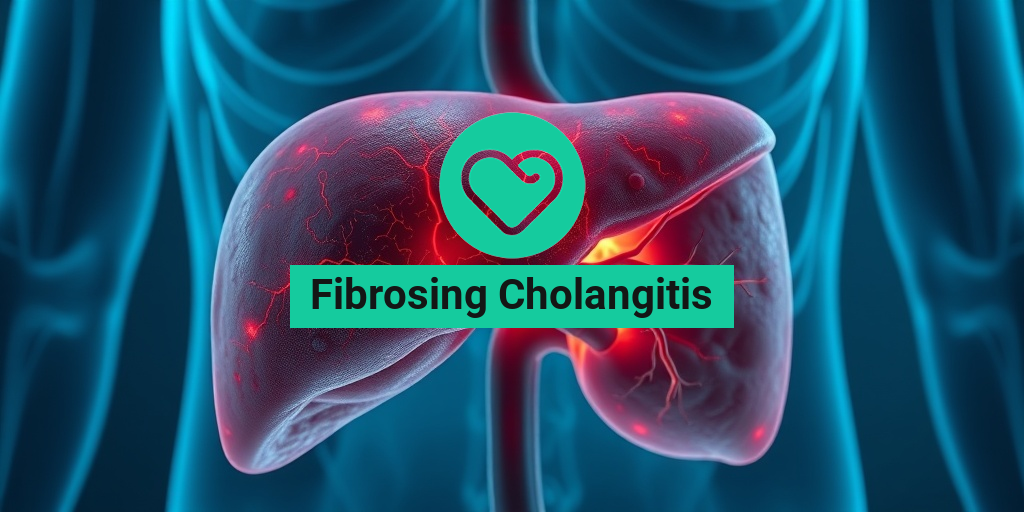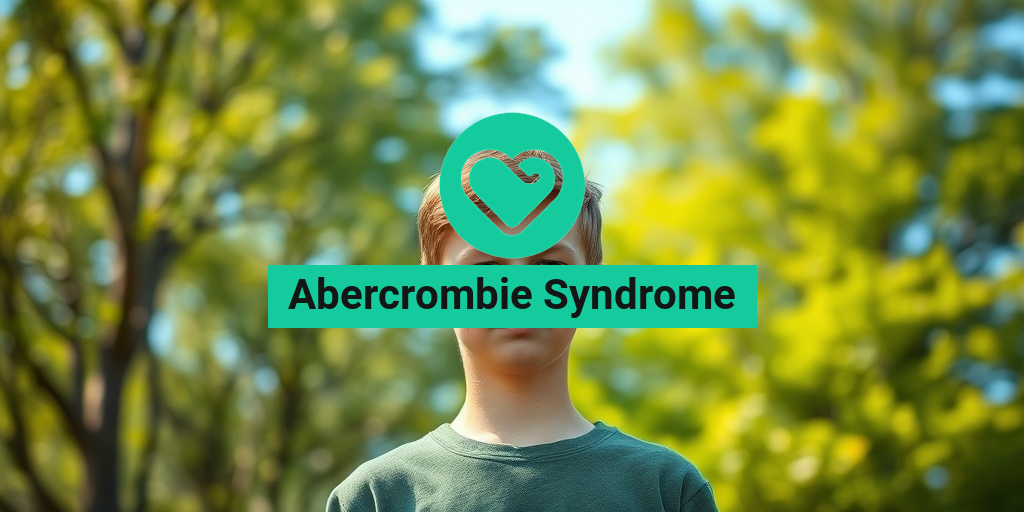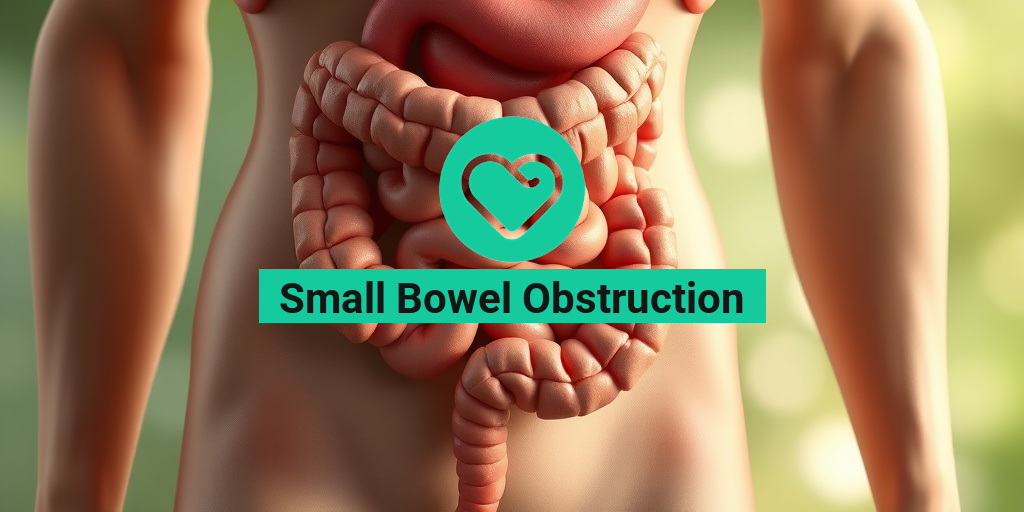What Is Huntington’s Disease?
Huntington’s Disease (HD) is a progressive neurodegenerative disorder that affects the brain’s ability to function properly. It is caused by a genetic mutation in the HTT gene, which leads to the production of an abnormal protein that gradually damages brain cells. This condition is inherited in an autosomal dominant pattern, meaning that an individual only needs one copy of the mutated gene from a parent to develop the disease. As a result, each child of an affected parent has a 50% chance of inheriting the disorder.
The History of Huntington’s Disease
The disease was first described in the 19th century by American physician George Huntington, after whom it is named. His observations laid the groundwork for understanding the hereditary nature of the condition. Since then, significant advancements have been made in research, leading to better diagnostic tools and a deeper understanding of the disease’s progression.
How Common Is Huntington’s Disease?
Huntington’s Disease is relatively rare, affecting approximately 3 to 7 per 100,000 people of European descent. However, its prevalence can vary among different populations. The onset of symptoms typically occurs in mid-adulthood, usually between the ages of 30 and 50, although juvenile Huntington’s Disease can occur in younger individuals.
Understanding the Genetic Basis
The genetic mutation responsible for Huntington’s Disease involves an expansion of CAG repeats in the HTT gene. Normal individuals have fewer than 36 CAG repeats, while those with HD may have 36 or more. The greater the number of repeats, the earlier the onset and the more severe the symptoms tend to be. Genetic testing can confirm the presence of this mutation, providing crucial information for affected individuals and their families.
Huntington’s Symptoms
The symptoms of Huntington’s Disease can be categorized into three main areas: motor, cognitive, and psychiatric. Understanding these symptoms is essential for early diagnosis and management.
Motor Symptoms
Motor symptoms are often the most recognizable signs of Huntington’s Disease. They include:
- Chorea: Involuntary, jerky movements that can affect various parts of the body.
- Rigidity: Stiffness in the muscles, making movement difficult.
- Bradykinesia: Slowness of movement, which can impact daily activities.
- Postural instability: Difficulty maintaining balance, increasing the risk of falls.
Cognitive Symptoms
Cognitive decline is another significant aspect of Huntington’s Disease. Individuals may experience:
- Memory problems: Difficulty recalling information or learning new things.
- Impaired judgment: Challenges in making decisions or solving problems.
- Difficulty concentrating: Trouble focusing on tasks or conversations.
Psychiatric Symptoms
Psychiatric symptoms can also manifest in individuals with Huntington’s Disease, including:
- Depression: Feelings of sadness, hopelessness, or loss of interest in activities.
- Anxiety: Increased worry or fear that can interfere with daily life.
- Personality changes: Alterations in behavior, mood swings, or irritability.
Importance of Early Diagnosis
Recognizing the symptoms of Huntington’s Disease early can lead to timely interventions and support. If you or a loved one is experiencing any of these symptoms, it is crucial to consult a healthcare professional for a thorough evaluation. Resources like Yesil Health AI (yesilhealth.com) can provide evidence-based health answers and guidance on managing symptoms effectively.
In conclusion, Huntington’s Disease is a complex condition with a range of symptoms that can significantly impact an individual’s quality of life. Understanding the disease and its manifestations is vital for those affected and their families. With ongoing research and support, there is hope for improved treatments and a better understanding of this challenging disorder. 🌟

Huntington’s Causes
Huntington’s Disease (HD) is a progressive neurodegenerative disorder that primarily affects movement, cognition, and psychiatric health. Understanding the causes of Huntington’s Disease is crucial for those affected and their families. The primary cause of HD is genetic, stemming from a mutation in the HTT gene located on chromosome 4.
The Genetic Mutation
The HTT gene provides instructions for producing a protein called huntingtin. In individuals with Huntington’s Disease, this gene contains an expanded CAG repeat sequence. Normally, this sequence is repeated 10 to 35 times, but in those with HD, it can be repeated 36 to over 120 times. This abnormal expansion leads to the production of a toxic form of the huntingtin protein, which gradually damages brain cells, particularly in areas responsible for movement and coordination.
Inheritance Pattern
Huntington’s Disease follows an autosomal dominant inheritance pattern. This means that an individual only needs to inherit one copy of the mutated gene from an affected parent to develop the disease. Each child of an affected parent has a 50% chance of inheriting the mutation. This inheritance pattern is a significant factor in understanding the familial nature of HD, as it can run in families for generations.
Environmental Factors
While the primary cause of Huntington’s Disease is genetic, researchers are exploring potential environmental factors that may influence the onset or progression of the disease. Some studies suggest that factors such as diet, physical activity, and exposure to toxins could play a role, although more research is needed to establish definitive links. 🌱
Huntington’s Risk Factors
Identifying risk factors for Huntington’s Disease (HD) is essential for understanding who may be at higher risk and for developing strategies for early intervention and management. While the most significant risk factor is genetic, several other factors can influence the likelihood of developing the disease.
Genetic Predisposition
The most significant risk factor for Huntington’s Disease is having a family history of the condition. If a parent has HD, their children have a 50% chance of inheriting the mutated gene. Genetic testing can confirm whether an individual carries the mutation, which can be a crucial step for those with a family history of the disease. 🧬
Age of Onset
Age is another important risk factor. Symptoms of Huntington’s Disease typically appear between the ages of 30 and 50, although juvenile Huntington’s Disease can occur in children and adolescents. The age at which symptoms begin can influence the severity and progression of the disease. Generally, the earlier the onset, the more severe the symptoms tend to be.
Gender Differences
Research indicates that there may be slight differences in how Huntington’s Disease affects men and women. Some studies suggest that men may experience a more rapid progression of symptoms compared to women. However, the reasons for these differences are not yet fully understood and require further investigation.
Psychiatric History
Individuals with a personal or family history of psychiatric disorders may be at a higher risk for developing psychiatric symptoms associated with Huntington’s Disease. These can include depression, anxiety, and mood swings, which can significantly impact the quality of life for those affected. Early recognition and management of these symptoms are vital for improving overall well-being.
Other Potential Risk Factors
While genetic factors are the primary concern, researchers are also examining other potential risk factors that could influence the onset and progression of Huntington’s Disease. These include:
- Physical Health: Overall health and the presence of other medical conditions may play a role.
- Environmental Exposures: Certain environmental toxins and lifestyle factors may contribute to disease progression.
- Social Support: A strong support system can help manage symptoms and improve quality of life.
Understanding these risk factors can empower individuals and families to make informed decisions regarding genetic testing, lifestyle choices, and early intervention strategies. By staying informed and proactive, those at risk for Huntington’s Disease can better navigate the challenges associated with this complex condition. 💪

Huntington’s Diagnosis
Diagnosing Huntington’s Disease (HD) can be a complex process, as the symptoms often mimic those of other neurological disorders. Early diagnosis is crucial for managing the disease effectively and planning for the future. Here’s a closer look at how Huntington’s is diagnosed.
Understanding the Symptoms
The first step in diagnosing Huntington’s Disease is recognizing its symptoms. Common signs include:
- Chorea: Involuntary, jerky movements that can affect various parts of the body.
- Cognitive Decline: Difficulty with planning, organizing, and focusing.
- Emotional Changes: Mood swings, depression, and anxiety.
- Physical Decline: Problems with coordination and balance.
Symptoms typically appear between the ages of 30 and 50, but juvenile Huntington’s Disease (HD) can occur in younger individuals, presenting different symptoms.
Genetic Testing
Once symptoms are identified, the next step is often genetic testing. This test looks for the presence of the mutated gene responsible for Huntington’s Disease. If a family history of HD exists, genetic counseling is recommended to discuss the implications of testing.
It’s important to note that a positive test result confirms the presence of the gene but does not predict when symptoms will begin. Many individuals may live for years without showing any signs of the disease.
Neurological Examination
A thorough neurological examination is also essential in the diagnostic process. This may include:
- Assessing motor skills and coordination.
- Evaluating cognitive function through various tests.
- Checking for psychiatric symptoms.
These assessments help healthcare providers understand the extent of the disease and tailor a management plan accordingly.
Imaging Tests
In some cases, imaging tests such as MRI or CT scans may be used to observe changes in the brain associated with Huntington’s Disease. These scans can reveal atrophy in specific areas of the brain, providing additional evidence for diagnosis.
Huntington’s Treatment Options
While there is currently no cure for Huntington’s Disease (HD), various treatment options can help manage symptoms and improve quality of life. Understanding these options is vital for patients and their families.
Medications
Medications play a crucial role in managing the symptoms of Huntington’s Disease. Some common medications include:
- Antipsychotics: These can help control chorea and other movement disorders.
- Antidepressants: Useful for managing mood swings and depression.
- Anticonvulsants: Sometimes prescribed to help with movement disorders.
It’s essential for patients to work closely with their healthcare providers to find the right medication and dosage, as responses can vary significantly.
Therapies
In addition to medications, various therapies can enhance the quality of life for those with Huntington’s Disease:
- Physical Therapy: Helps improve mobility and reduce the risk of falls.
- Occupational Therapy: Assists individuals in maintaining daily activities and independence.
- Speech Therapy: Beneficial for those experiencing difficulties with communication and swallowing.
These therapies can be tailored to meet the specific needs of the individual, providing support as the disease progresses.
Supportive Care
Supportive care is vital for both patients and their families. This can include:
- Counseling: Professional support can help individuals cope with the emotional challenges of the disease.
- Support Groups: Connecting with others facing similar challenges can provide comfort and understanding.
- Caregiver Support: Resources for caregivers are essential to help them manage their responsibilities and stress.
As Huntington’s Disease progresses, a multidisciplinary approach involving neurologists, therapists, and support networks can significantly enhance the quality of life for those affected. 🌟

Huntington’s Care Strategies
Managing Huntington’s Disease (HD) requires a comprehensive approach that addresses both the physical and emotional needs of individuals affected by this neurodegenerative disorder. Here are some effective care strategies that can enhance the quality of life for patients and their families.
1. Multidisciplinary Care Team
One of the most effective strategies for managing Huntington’s Disease is to establish a multidisciplinary care team. This team typically includes:
- Neurologists: Specialists who focus on the neurological aspects of HD.
- Psychiatrists: Professionals who can help manage the mental health challenges associated with HD.
- Occupational Therapists: Experts who assist with daily living activities and promote independence.
- Social Workers: Individuals who provide support and resources for families.
By collaborating, these professionals can create a tailored care plan that addresses the unique needs of each patient.
2. Symptom Management
Huntington’s Disease presents a variety of symptoms, including movement disorders, cognitive decline, and psychiatric issues. Effective symptom management is crucial for improving daily functioning. Here are some strategies:
- Medications: Various medications can help manage chorea (involuntary movements), mood swings, and other symptoms. It’s essential to work closely with a healthcare provider to find the right medication regimen.
- Physical Therapy: Engaging in regular physical therapy can help maintain mobility and reduce the risk of falls.
- Cognitive Therapy: Cognitive exercises and therapies can help slow cognitive decline and improve mental function.
3. Nutrition and Diet
Nutrition plays a vital role in managing Huntington’s Disease. A well-balanced diet can help maintain overall health and energy levels. Consider the following dietary tips:
- High-Calorie Foods: Due to increased energy expenditure, individuals with HD may require more calories. Incorporating nutrient-dense foods can help meet these needs.
- Hydration: Staying hydrated is essential, especially as swallowing difficulties may arise.
- Consult a Dietitian: Working with a dietitian can help create a personalized meal plan that addresses specific dietary needs.
4. Emotional and Psychological Support
The emotional toll of Huntington’s Disease can be significant, not only for patients but also for their families. Providing emotional support is crucial. Here are some ways to foster a supportive environment:
- Support Groups: Joining a support group can provide a sense of community and understanding among those facing similar challenges.
- Counseling: Individual or family counseling can help address feelings of anxiety, depression, and grief.
- Open Communication: Encouraging open discussions about feelings and concerns can strengthen family bonds and reduce feelings of isolation.
Huntington’s Disease Outlook
The outlook for individuals diagnosed with Huntington’s Disease (HD) can vary significantly based on several factors, including the age of onset and the progression of symptoms. Understanding the disease’s trajectory can help patients and families prepare for the future.
1. Disease Progression
Huntington’s Disease typically progresses through several stages:
- Early Stage: Symptoms may include subtle changes in mood, personality, and coordination. Patients often remain independent during this phase.
- Middle Stage: As the disease progresses, individuals may experience more pronounced movement disorders, cognitive decline, and psychiatric symptoms. Assistance with daily activities may become necessary.
- Late Stage: In the final stages, individuals may lose the ability to communicate and require full-time care. Complications such as infections or pneumonia can arise, impacting overall health.
2. Life Expectancy
While Huntington’s Disease is a progressive and ultimately fatal condition, many individuals live for 10 to 30 years after the onset of symptoms. Factors influencing life expectancy include:
- Age of Onset: Those diagnosed at a younger age may experience a more rapid progression of the disease.
- Access to Care: Regular medical care and support can significantly impact quality of life and longevity.
3. Research and Future Directions
Ongoing research into Huntington’s Disease is promising. Advances in genetic therapies, neuroprotective strategies, and symptomatic treatments are being explored. Organizations like the Huntington’s Disease Society of America (HDSA) and HDBuzz are at the forefront of these efforts, providing hope for improved outcomes in the future.
In conclusion, while Huntington’s Disease presents significant challenges, a proactive approach to care and support can enhance the quality of life for those affected. By understanding the disease and implementing effective strategies, families can navigate this journey with greater resilience and hope. 🌟

Frequently Asked Questions about Huntington’s Disease (HD)
What is Huntington’s Disease (HD)?
Huntington’s Disease (HD) is a genetic disorder that causes the progressive breakdown of nerve cells in the brain. It affects movement, cognition, and behavior, leading to various symptoms that worsen over time.
What are the symptoms of Huntington’s Disease (HD)?
The symptoms of Huntington’s Disease (HD) can vary widely but typically include:
- Involuntary movements (chorea)
- Difficulty with coordination and balance
- Cognitive decline and memory issues
- Emotional disturbances, such as depression and anxiety
How is Huntington’s Disease (HD) diagnosed?
Diagnosis of Huntington’s Disease (HD) usually involves a combination of:
- Medical history and physical examination
- Neurological assessments
- Genetic testing to confirm the presence of the mutated gene
Is there a cure for Huntington’s Disease (HD)?
Currently, there is no cure for Huntington’s Disease (HD). However, treatments are available to help manage symptoms and improve quality of life. These may include medications, therapy, and support services.
What is juvenile Huntington’s Disease (HD)?
Juvenile Huntington’s Disease (HD) refers to the onset of symptoms before the age of 20. It often presents differently than in adults, with more severe behavioral changes and less chorea.
Where can I find support for Huntington’s Disease (HD)?
Support for individuals and families affected by Huntington’s Disease (HD) can be found through various organizations, such as:
- Huntington’s Disease Society of America (HDSA)
- Huntington’s Disease Association (HDA)
- Local support groups and online communities
What resources are available for learning more about Huntington’s Disease (HD)?
For more information on Huntington’s Disease (HD), consider visiting:
- Huntington’s Disease Society of America (HDSA)
- Huntington’s Disease Network
- Research articles and publications on Huntington’s Disease (HD)
Can lifestyle changes help manage Huntington’s Disease (HD) symptoms?
While there is no cure, certain lifestyle changes may help manage symptoms of Huntington’s Disease (HD). These can include:
- Regular exercise to improve mobility
- A balanced diet to support overall health
- Engaging in cognitive activities to stimulate the brain
What is the role of genetic counseling in Huntington’s Disease (HD)?
Genetic counseling can provide valuable support for individuals at risk of Huntington’s Disease (HD). It helps families understand the genetic implications, testing options, and potential outcomes.
How can I connect with others affected by Huntington’s Disease (HD)?
Connecting with others can be beneficial. Consider joining:
- Support groups in your area
- Online forums and social media groups focused on Huntington’s Disease (HD)
- Events organized by local or national HD organizations
If you have more questions about Huntington’s Disease (HD), don’t hesitate to reach out to healthcare professionals or support organizations for assistance! 😊




